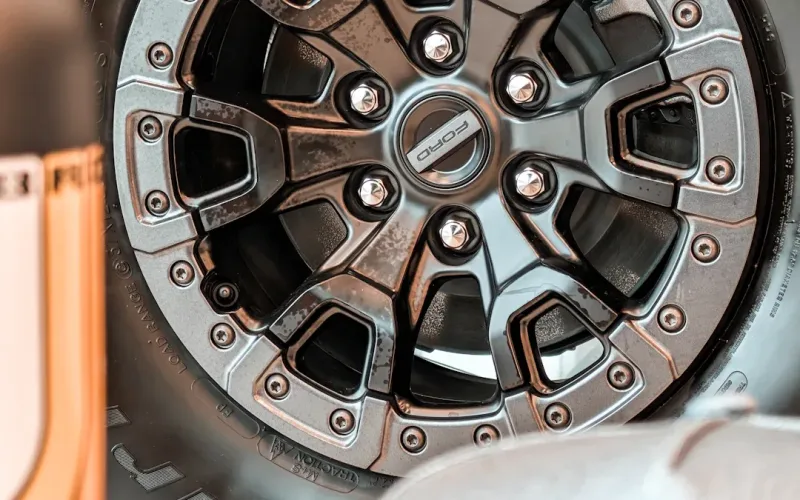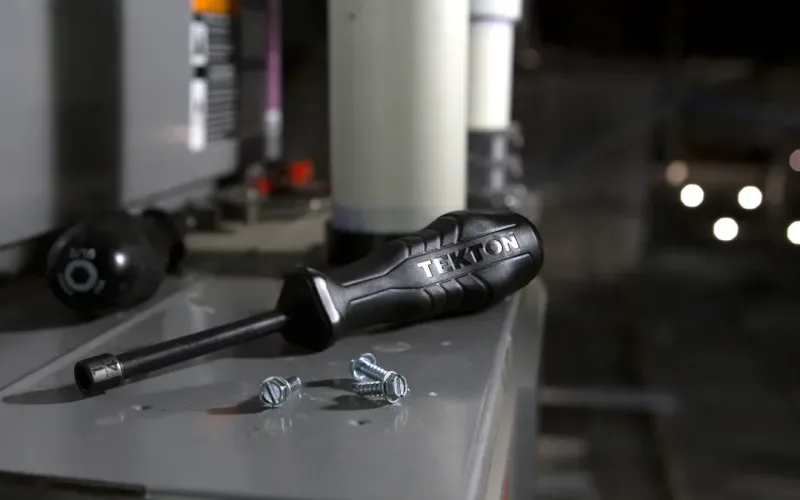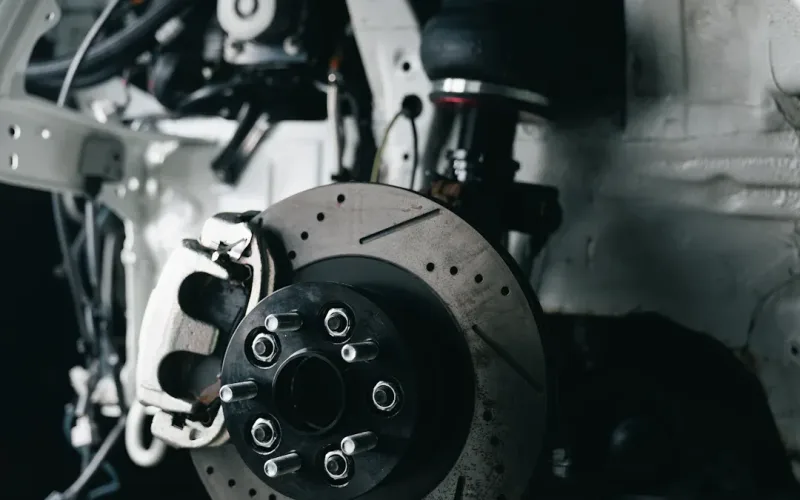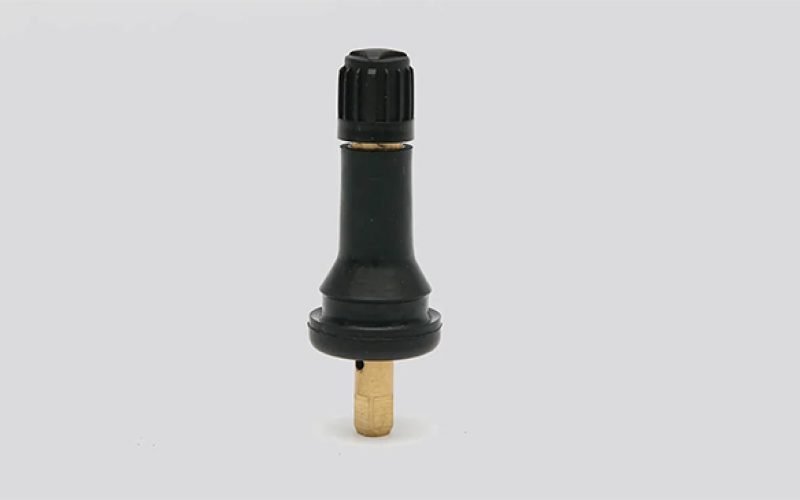

admin1
August 31, 2025
The Hidden Benefits of Valve Cap TPMS for Tire Pressure Monitoring Systems
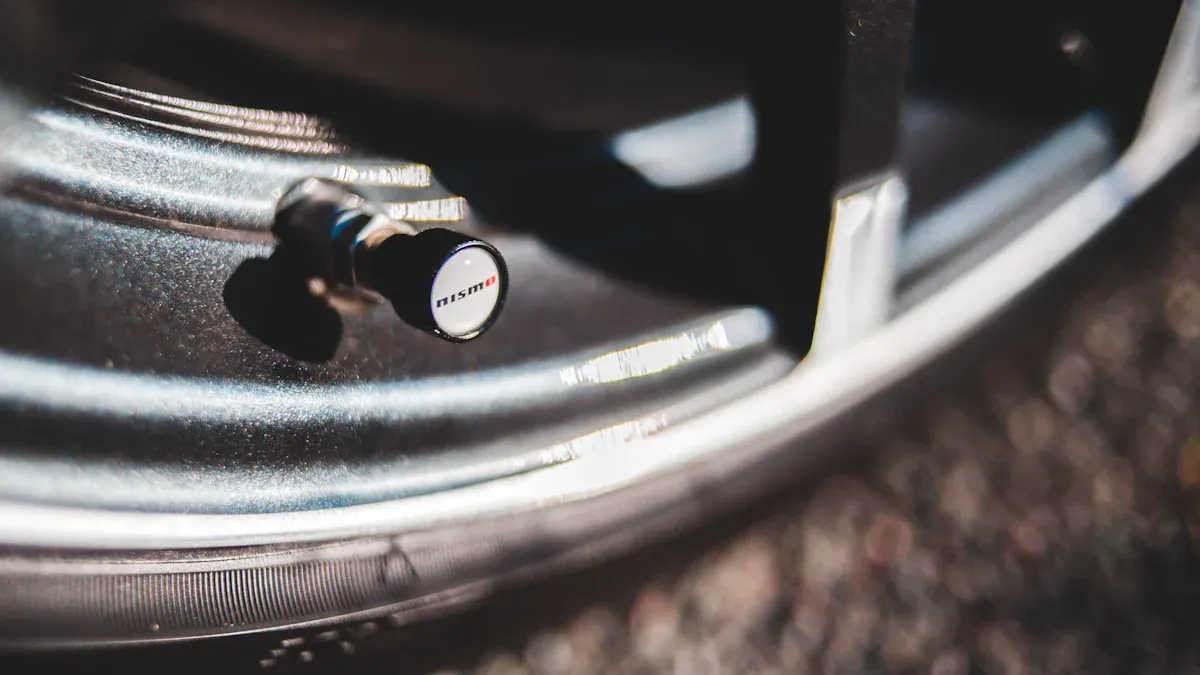
You want your vehicle to run safely and efficiently every day. By using a valve cap TPMS, you help your tire pressure monitoring system maintain precise readings. The right valve cap TPMS keeps air securely inside the tire, blocks out moisture, and protects the TPMS sensor from damage. Research shows that maintaining proper tire pressure with a reliable valve cap TPMS can:
- Boost fuel efficiency by up to 2.5%
- Save over nine gallons of fuel throughout your car’s life
- Extend tire lifespan by up to 50%
Choose a premium valve cap TPMS from Fortune for dependable performance and peace of mind.
Why Valve Cap TPMS Are Essential for TPMS
Immediate Safety Benefits
You want to keep your family safe every time you drive. A valve cap TPMS gives you real-time alerts about your tire pressure. This helps you avoid dangerous situations on the road. When your tire pressure drops, you lose control over steering, braking, and handling. Low tire pressure can make your car harder to stop in an emergency. In the United States, tire problems cause at least 11,000 road incidents every year. Many of these accidents happen because of low tire pressure. With a valve cap TPMS, you get a warning before your tires become unsafe. You can fix the problem right away and keep your ride smooth and secure.
Tip: Always check your TPMS alerts before long trips. Quick action can prevent accidents and keep you safe.
Preventing Pressure Loss and Tire Damage
You work hard to keep your car in top shape. A valve cap TPMS helps you do that by stopping gradual air loss. When you use a high-quality valve cap, you keep air inside the tire and block out dirt and water. This keeps your tires strong and ready for the road. Regular checks with a reliable gauge help you match the recommended tire pressure. You should also look for damage and replace worn valve caps when needed.
- Proper tire pressure keeps your steering and suspension working well.
- If your tire pressure drops, your ride feels softer but less stable. This raises the risk of a blowout.
- TPMS tire valves send alerts when pressure drops, so you can act fast and avoid flats or blowouts.
A valve cap TPMS also helps you avoid uneven tire wear. When your tires stay at the right pressure, they last longer and save you money. You also get better fuel efficiency and a smoother ride.
Compliance with DOT Regulations
You want your vehicle to meet all safety rules. The Department of Transportation (DOT) requires TPMS in most passenger vehicles. These rules make sure your car warns you if your tire pressure drops too low. The table below shows the main DOT requirements for TPMS:
| Requirement | Description |
|---|---|
| Standard | The DOT requires TPMS installation to warn drivers of significant under-inflation. |
| Applicability | Applies to passenger cars, trucks, multipurpose vehicles, and buses with a gross vehicle weight rating of 10,000 pounds or less, excluding dual wheel vehicles. |
| Detection | TPMS must illuminate a warning within 20 minutes if tire pressure is 25% below the manufacturer’s recommended level. |
| Warning | The warning must remain illuminated as long as the tire pressure is below the specified threshold. |
When you use a valve cap TPMS, you help your car follow these important rules. You get peace of mind knowing your vehicle meets safety standards. You also protect yourself and others on the road.
What Is Valve Cap TPMS and How Does It Work?
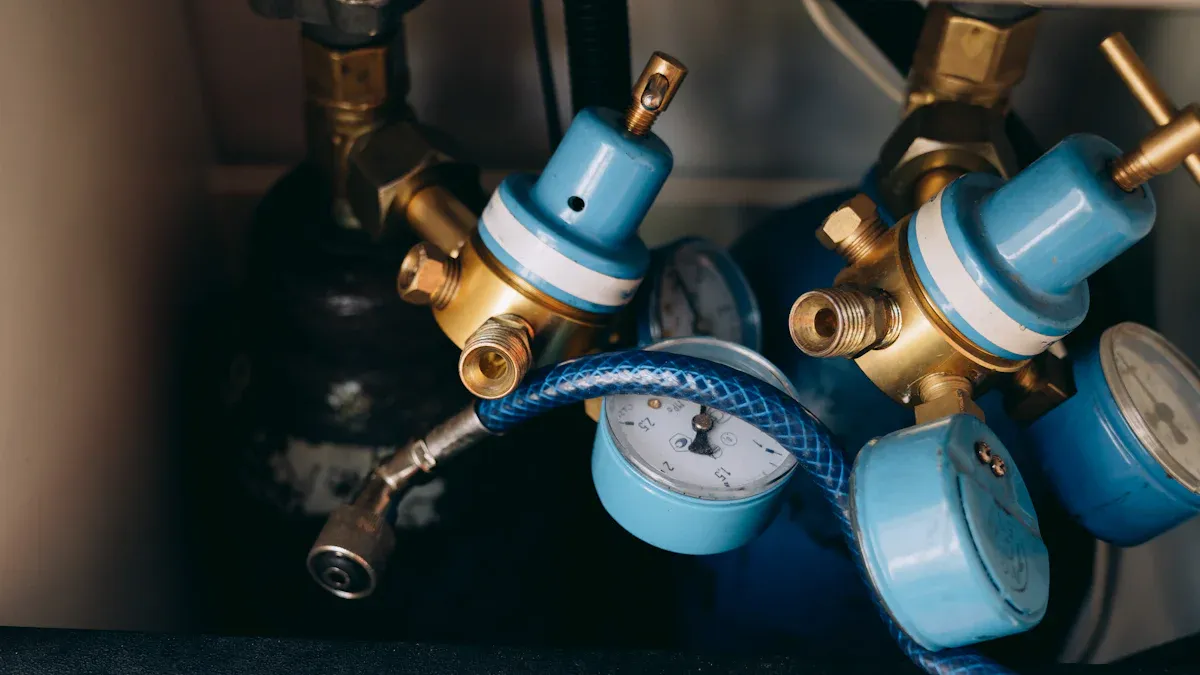
Specialized Design for TPMS
You want your tire pressure monitoring system to work at its best. Valve cap TPMS use a smart design that turns the valve cap into a sensor. This sensor checks your tire pressure every time you drive. When you install the valve cap, you secure it to the valve stem with a special lock. This keeps the sensor in place and helps it work correctly. If you keep your valve cap sensors clean and tight, you get the most accurate readings. Here’s what makes these valve caps special:
- The valve cap acts as a sensor for your tire pressure.
- You must install and maintain the valve cap sensors properly for the best results.
- Special locks keep the valve cap secure on the valve stem.
Airtight Seal and Integrated O-Ring
You want to keep air inside your tires and moisture out. Valve cap TPMS use an integrated O-ring to create a tight seal. This O-ring blocks air leaks and keeps out water and dirt. When you use these valve caps, you protect your tire valves from rust and corrosion. The airtight seal means your tires stay at the right pressure longer. You save money on repairs and enjoy a safer ride.
Tip: Check your valve caps often. Replace them if you see cracks or damage to the O-ring.
Difference from Standard Valve Caps
You deserve the best protection for your tires. Valve cap TPMS offer more than regular valve caps. They use non-conductive materials that work well with modern systems. The O-ring gives a secure fit and stops leaks. These valve caps last longer and stand up to tough weather. See how they compare:
| Feature | TPMS Valve Caps | Traditional Valve Caps |
|---|---|---|
| Integration with TPMS | Yes | No |
| Material | Non-conductive materials | Conductive materials (often metal) |
| Fit | Secure fit with O-ring seals | Standard fit |
| Durability | Enhanced durability against environmental factors | Standard durability |
When you choose valve cap TPMS, you get better reliability and performance for your vehicle.
Key Advantages of Valve Cap TPMS
Improved Pressure Accuracy
You want to trust the numbers you see on your dashboard. Valve cap TPMS give you instant updates about your tire pressure. Many drivers like the convenience of these systems. However, some users have noticed that valve cap TPMS can show readings about 4 to 5 PSI lower than manual gauges. Manual gauges often match each other, but the TPMS can read lower. This means you should double-check your tire pressure with a manual gauge if you see a warning. By doing this, you make sure your tires stay at the right pressure and you avoid problems on the road.
Tip: Always keep a manual tire gauge in your glove box. Use it to confirm your TPMS readings for extra peace of mind.
Enhanced Protection Against Leaks and Contaminants
You want your tires to last as long as possible. Valve cap TPMS help you by sealing the valve stem tightly. The special O-ring inside the cap blocks out water, dirt, and road salt. This seal keeps air inside and stops leaks before they start. When you use these caps, you protect your tire valves from rust and corrosion. Your tires stay strong, and you avoid costly repairs. You also keep your TPMS sensors working well, so you get accurate alerts every time you drive.
- Keeps out water and dirt
- Stops slow leaks
- Protects against rust and corrosion
Reliable Performance in All Conditions
You need your valve cap TPMS to work in every season. These caps stand up to both hot summers and freezing winters. They do not crack or warp when the temperature changes. The table below shows how they perform in different weather:
| Condition | Performance Characteristics |
|---|---|
| High Heat | Maintains strength and form; high thermal stability; low thermal expansion; prevents warping or cracking. |
| Freezing Temperatures | Remains strong and resilient; prevents brittleness and cracking; protects TPMS from damage. |
You can count on your valve cap TPMS to keep working, no matter where you drive. This means you stay safe and your tires last longer.
Easy Installation and Maintenance
You want a solution that saves you time and effort. Valve cap TPMS deliver exactly that. You do not need special tools or advanced skills. You can install these valve caps in just a few minutes. Anyone can do it—no need to visit a mechanic.
Here’s how you can install your valve cap TPMS:
- Remove the old valve cap from your tire’s valve stem.
- Check the valve stem for dirt or debris. Wipe it clean with a cloth.
- Take your new valve cap TPMS and align it with the valve stem.
- Twist the cap onto the stem until it feels snug. Do not overtighten.
- Repeat for each tire.
Tip: Always check the O-ring inside the cap before installation. A clean, undamaged O-ring gives you the best seal.
You want to keep your TPMS working at its best. Regular maintenance is simple. Inspect your valve caps every month. Look for cracks, dirt, or signs of wear. Replace any cap that looks damaged. This small step protects your tires and keeps your TPMS accurate.
Maintenance Checklist:
- Inspect valve caps monthly.
- Clean off dirt or road salt.
- Replace damaged or worn caps right away.
- Check for a tight fit after every tire service.
You do not need to spend extra money on special cleaners or tools. A soft cloth and a quick look are all you need. By following these steps, you keep your tires safe and your TPMS sensors reliable.
Note: Fortune valve cap TPMS use high-quality materials. You get long-lasting performance and fewer replacements. Choose Fortune for easy care and dependable results.
With easy installation and simple maintenance, you take control of your vehicle’s safety. You save time, avoid costly repairs, and enjoy peace of mind every time you drive.
Choosing and Maintaining Valve Cap TPMS
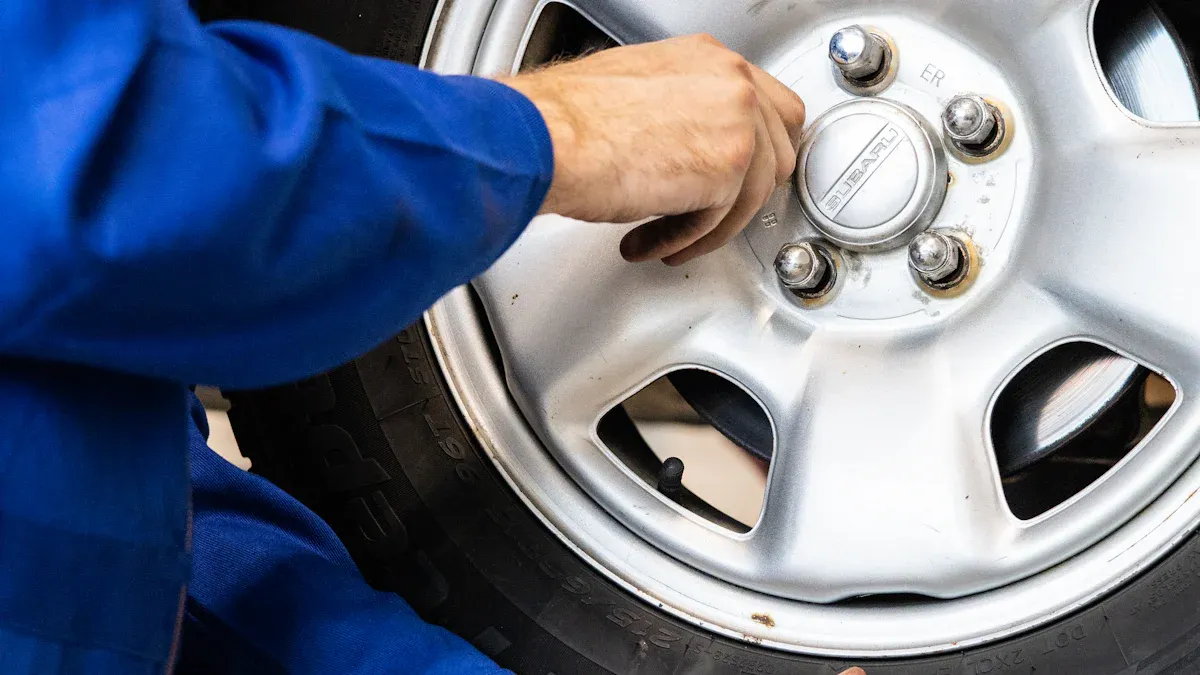
Selecting High-Quality Valve Cap TPMS
You want the best protection for your tires. When you choose a valve cap tpms, look for features that guarantee safety and long-lasting performance. The most important criteria include accuracy, programmable modes, compatibility, and real-time alerts. Price matters, but value comes from reliability and proper tpms functionality. Use the table below to compare what matters most:
| Criteria | Importance |
|---|---|
| Accuracy | Reliable tire pressure information keeps you safe and extends tire life. |
| Programmable Modes | Customization helps you use the system for different vehicles and driving conditions. |
| Vehicle Compatibility | Ensures the TPMS works smoothly with your car or truck. |
| Performance | Real-time monitoring and alerts improve your driving experience. |
| Price | Value for money depends on features and expected performance. |
Fortune-manufactured valve cap TPMS stand out for durability and reliability. Metal valves offer strength and resist wear, while rubber valves provide cost savings and resist corrosion. Your choice depends on your vehicle and environment.
Installation Tips for Optimal Performance
You want your tire maintenance system to work perfectly. Follow these steps for easy installation:
- Check compatibility with your vehicle’s tire valves.
- Remove old caps by unscrewing them.
- Hand-screw the new valve cap tpms onto each valve stem. Make sure the fit is snug, but do not overtighten.
- Confirm each cap is sealed tightly to prevent leaks and ensure accurate readings.
Tip: Always check tire pressure after installing new caps to confirm proper tpms functionality.
Maintenance and Replacement Guidelines
You keep your tires safe with regular valve maintenance. Inspect valve caps every month. Look for cracks, dirt, or signs of wear. Clean the caps during routine tire maintenance system checks. Replace damaged or missing caps right away. Address corrosion quickly, especially if you drive in areas with road salt. Replace batteries in advanced caps when needed.
Common issues include valve stem cracks, damaged caps, corrosion, improper installation, and UV damage. The table below shows what to watch for:
| Maintenance Issue | Description |
|---|---|
| Valve Stem Cracks | Rubber stems can crack in extreme temperatures, causing air loss. |
| Damaged Valve Caps | Missing or broken caps let dirt and moisture enter, leading to leaks. |
| Corrosion | Road salt and moisture can corrode metal parts, increasing failure risk. |
| Improper Installation | Poor sealing causes air leaks and inaccurate readings. |
| UV Damage | Sunlight makes rubber brittle, leading to cracks and air loss. |
Regular valve maintenance keeps your tire maintenance system working and helps you avoid costly repairs. You protect your tires and drive with confidence.
You gain more than just accurate tire pressure when you choose valve cap TPMS. Premium options, like those from Fortune, help you cut long-term maintenance costs by preventing corrosion and keeping your sensors working. Industry experts point out that you save fuel, extend tire life, and avoid roadside emergencies.
- Safety improves with proper tire pressure.
- Maintenance becomes easier and less expensive.
- The market for valve cap TPMS keeps growing as drivers demand better safety.
| TPMS Technology | Adoption Rate (%) | Key Feature |
|---|---|---|
| Valve Cap TPMS | 67.25 | Easy service, compatibility |
Upgrade today and drive with confidence.
FAQ
What makes valve cap TPMS better than regular valve caps?
Valve cap TPMS use advanced materials and an integrated O-ring. You get a tighter seal, better protection against leaks, and more accurate tire pressure readings. Regular caps cannot match this level of performance.
How often should you check or replace valve cap TPMS?
Check your valve cap TPMS every month. Replace them if you see cracks, wear, or damage. Regular checks help you avoid leaks and keep your tire pressure monitoring system working perfectly.
Can you install valve cap TPMS yourself?
Yes! You can install valve cap TPMS in minutes. Twist them onto clean valve stems by hand. No special tools needed. You save time and money by doing it yourself.
Do valve cap TPMS work in extreme weather?
Valve cap TPMS from Fortune use durable materials. You get reliable performance in hot summers and freezing winters. The caps resist cracking, warping, and corrosion, so your tires stay protected all year.
Will valve cap TPMS fit any vehicle?
Most valve cap TPMS fit standard tire valves. Check your vehicle’s specifications before buying. Fortune offers options for cars, trucks, and SUVs, so you find the perfect match for your needs.


